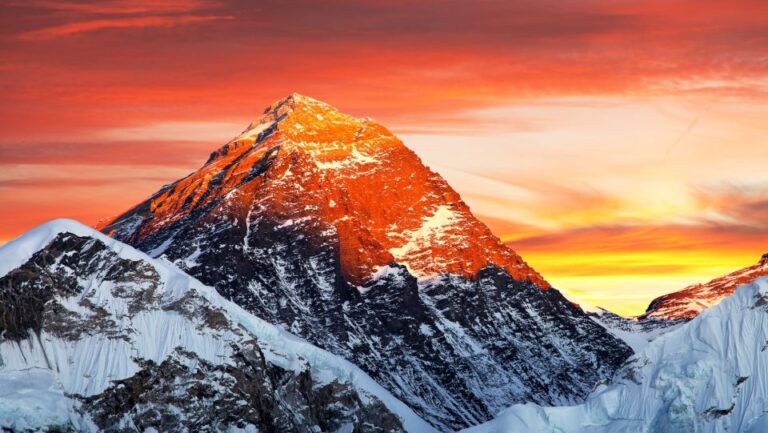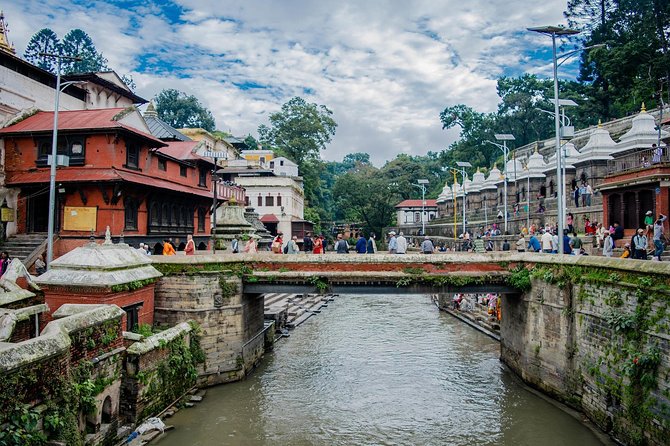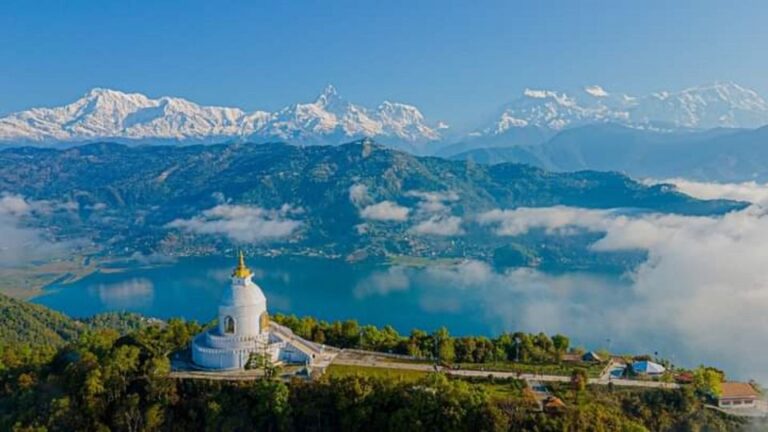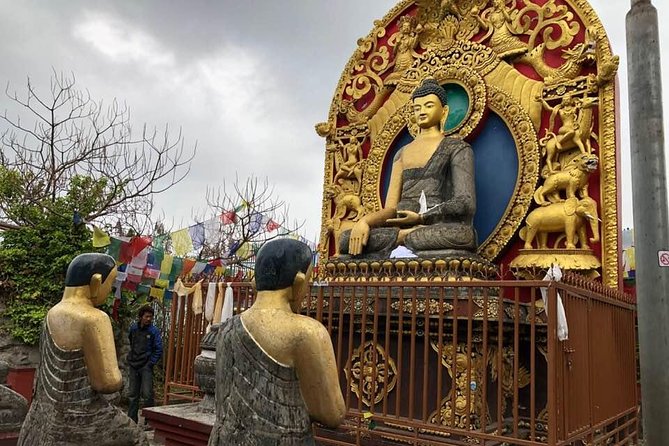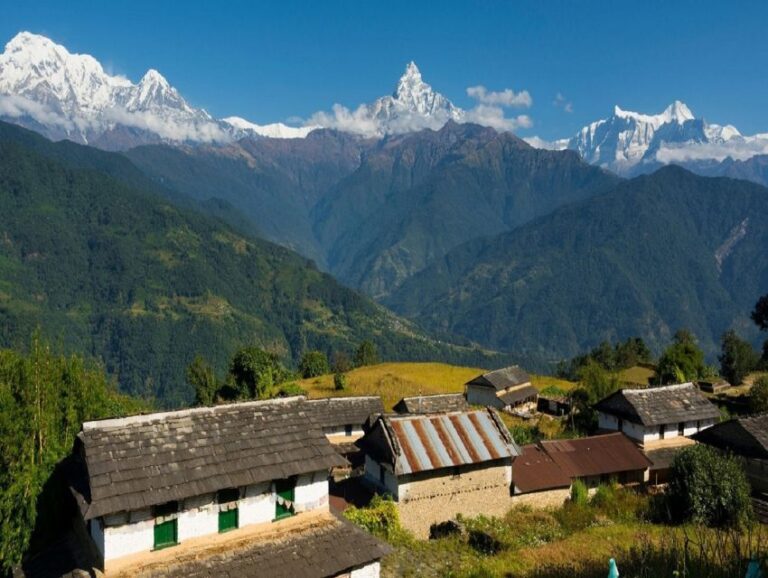Everest High Pass Trekking
Nestled within the towering peaks of the Himalayas, the Everest High Pass Trekking beckons to those with a thirst for adventure. As trekkers navigate the challenging terrain and enjoy the rich Sherpa culture, each step unlocks a new chapter in this epic journey.
With the promise of unparalleled views and the thrill of conquering high mountain passes, this trek offers an experience unlike any other. But what lies beyond these peaks and valleys? What challenges and triumphs await those who dare to embark on this unforgettable odyssey?
Just The Basics

- Network of exhilarating high passes to conquer
- Stunning landscapes and unique flora along the way
- Teahouses and camping options for varied experiences
- Safety measures and emergency procedures ensure a secure trek
It's also worth checking out some other tours and experiences nearby.
Trekking Routes and Highlights
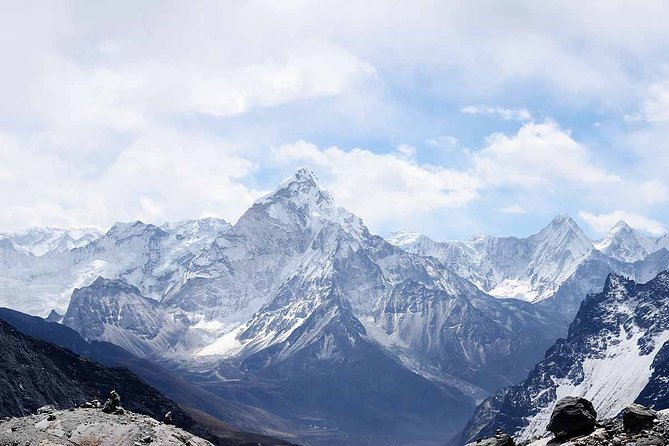
When embarking on the Everest High Pass Trekking adventure, trekkers will discover a network of exhilarating routes intertwined with breathtaking highlights waiting to be explored.
One of the exciting aspects of this trek is the opportunity to indulge in local cuisine experiences. Trekkers can savor traditional Sherpa dishes like momos, thukpa, and yak butter tea, seeing the rich culinary culture of the region.
Plus, the trek offers abundant photography opportunities, allowing adventurers to capture stunning landscapes, unique flora and fauna, and the vibrant local life along the way. From colorful prayer flags fluttering in the wind to snow-capped peaks piercing the sky, every moment of the journey presents a picture-perfect moment for photography enthusiasts.
Recommended Gear and Equipment
For optimal comfort and safety during the Everest High Pass Trekking adventure, trekkers should carefully select appropriate gear and equipment suited to the challenging terrain and varying weather conditions. Proper gear maintenance is crucial to ensure items perform well throughout the journey. When packing essentials, consider layers for insulation, a sturdy backpack, and high-quality hiking boots for stability. Below is a helpful guide for selecting gear:
| Gear | Description | Importance |
|---|---|---|
| Insulated Layers | Clothing that retains heat | Essential |
| Backpack | Durable, comfortable for long hikes | Vital |
| Hiking Boots | Waterproof, ankle support | Critical |
| Water Bottle | Hydration is key | Necessary |
| First Aid Kit | Emergency supplies | Important |
Altitude Acclimatization Tips
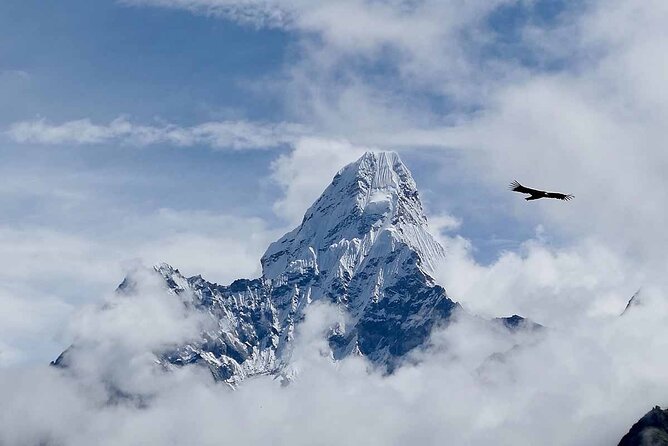
Altitude acclimatization during the Everest High Pass Trekking adventure is essential for ensuring trekkers adapt effectively to the changing elevation levels and minimize the risk of altitude sickness. Altitude sickness, caused by the body’s struggle to adjust to reduced oxygen levels at higher altitudes, can range from mild symptoms like headaches and fatigue to severe cases of high altitude pulmonary edema or cerebral edema.
To combat altitude sickness, trekkers should follow proper hydration strategies by drinking plenty of water to stay well-hydrated throughout the trek. Plus, ascending gradually, taking rest days to allow the body to acclimatize, and avoiding alcohol and smoking can also help mitigate the effects of high altitude. Proper acclimatization techniques are crucial for a safe and enjoyable Everest High Pass Trekking experience.
Accommodation Options Along the Trail
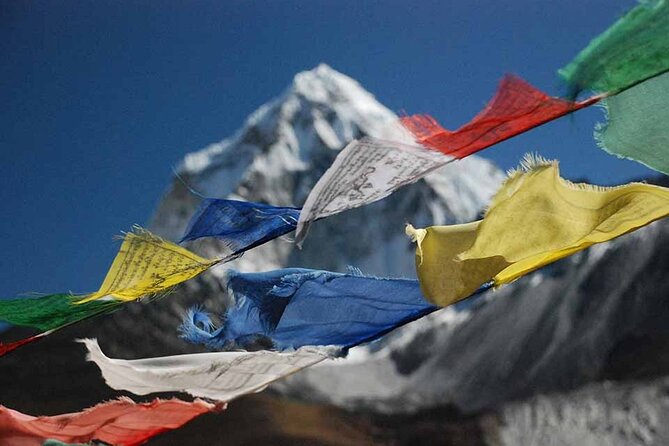
Accommodation options along the trail cater to various preferences and budgets, ensuring trekkers find suitable lodging during their Everest High Pass Trekking expedition. Trekkers can choose between teahouses or camping during their journey, each offering a unique experience. Teahouses are small lodges providing basic amenities, offering a chance to interact with fellow trekkers, while camping allows for a more immersive experience in nature but requires carrying additional gear. Meal options vary from teahouses serving local dishes like Dal Bhat (rice and lentils) to camping meals where trekkers can enjoy freshly cooked food under the stars. Here is a comparison table to highlight the differences:
| Accommodation Type | Description |
|---|---|
| Teahouses | Basic amenities, chance to interact with others |
| Camping | Immersive nature experience, requires additional gear |
Safety Measures and Emergency Procedures
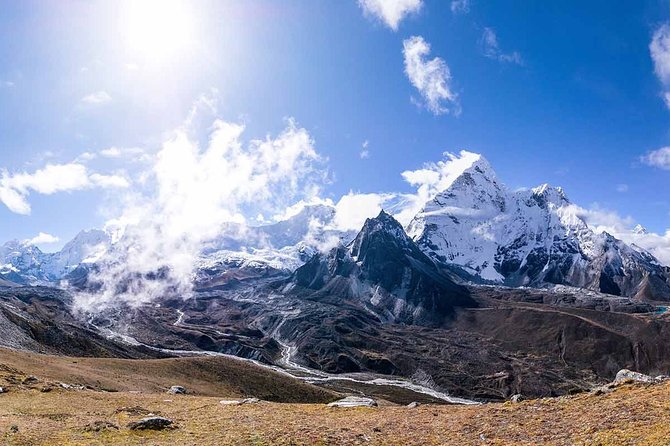
Ensuring the safety of trekkers on the Everest High Pass Trekking expedition involves implementing stringent measures and well-defined emergency procedures to handle any unforeseen circumstances effectively. In case of emergencies, trekkers can rely on the following safety measures and emergency procedures:
- Regular safety briefings: Trekkers receive comprehensive safety briefings before starting the journey.
- Emergency response teams: Trained personnel are ready to assist in case of emergencies.
- Communication protocols: Clear communication channels are established to coordinate rescue efforts.
- Emergency evacuation plans: Detailed plans are in place to evacuate trekkers safely if needed.
These measures help to mitigate risks and ensure that trekkers can enjoy the adventure with peace of mind.
Here's a few more nearby tours and experiences we think you'll like.
Frequently Asked Questions
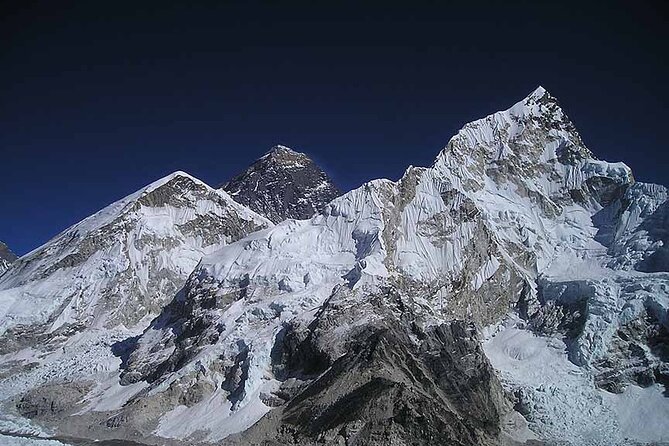
What Are the Best Times of Year to Do the Everest High Pass Trekking?
The best times of year for the Everest High Pass Trekking are during the spring and autumn seasons. These periods offer the best accommodations and favorable weather conditions for a successful and enjoyable trekking experience.
Are There Any Specific Permits Required for the Everest High Pass Trekking?
Permit requirements and trekking regulations vary based on location. It’s crucial to research specific permit needs before embarking on any trekking adventure. Understanding local regulations ensures a smooth and enjoyable journey for all hikers.
Can I Hire a Guide or Porter for the Trek, and How Much Does It Typically Cost?
One can hire a guide or porter for assistance on treks. Guides offer navigation, safety, and cultural insights, costing more than porters. Porters carry gear, easing the trekker’s load. Costs vary but hiring through reputable agencies ensures quality service.
Are There Any Medical Facilities or Emergency Services Available Along the Trekking Route?
Emergency services are scarce along remote trekking routes. Travelers should be cautious of altitude sickness, take necessary precautions. In some villages, basic medical facilities exist. Embracing local culture, hikers can learn from community practices.
What Are Some Lesser-Known Attractions or Points of Interest Along the Everest High Pass Trekking Route?
When exploring the Everest region, one can stumble upon hidden monasteries and traditional villages, savoring local cuisine. Enthusiasts may spot unique wildlife while trekking, adding depth to the journey beyond the renowned sights.
Not for you? Here's more of our most recent tour reviews happening neaby
- Upper Mustang Trekking – 15 Days
- Everest Helicopter Tour: Experience the Ultimate Aerial Adventure of a Lifetime
- 12 Days Annapurna Circuit Trek
- Private Half-Day Off-Road Safari in Shivapuri-Nagarjun Park – Kathmandu
- Nepal Multisport Adventure Tour
- 7 Days Honeymoon Tour in Nepal
- Nepal Cultural & Adventure
- Bandipur Homestay Tour
- Tibet Tour With Everest Base Camp – FLY IN DRIVE OUT- 8 DAYS
- Day Hiking Near Kathmandu Valley.
- 4 Days Langtang Valley Short Trek
- 12 Days Everest Base Camp Trek in Nepal
- Lobuche East Peak Climb With Everest Base Camp Trek
- 4-Day Kathmandu Valley UNESCO World Heritage Sites Tour
- UNESCO World Heritage Site Tour in Kathmandu
Final Words
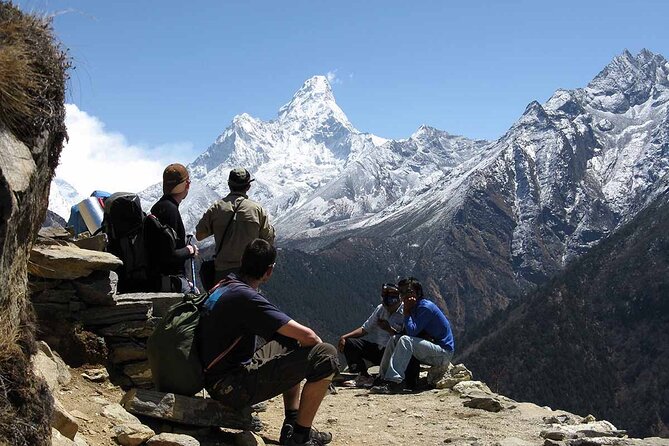
Embark on the Everest High Pass Trekking for an unforgettable adventure through the awe-inspiring Himalayas. From challenging mountain passes to remote Sherpa villages, every step offers a unique blend of natural beauty and culture.
With stunning views of Mount Everest and other towering peaks, this trek is a testament to the raw power and beauty of the world’s highest mountains. Prepare for an exhilarating journey filled with unforgettable moments and breathtaking landscapes.
